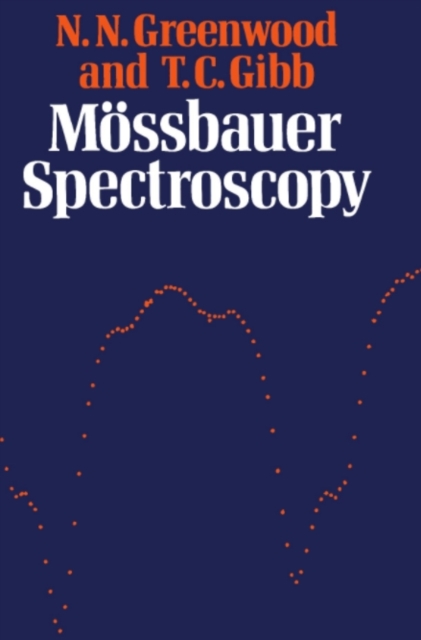
Mossbauer Spectroscopy PDF
by N. N. Greenwood
Description
Rudolph Mossbauer discovered the phenomenon of recoil-free nuclear resonance fluorescence in 1957-58 and the first indications of hyperfine interactions in a chemical compound were obtained by Kistner and Sunyar in 1960.
From these beginnings the technique of Mossbauer spectroscopy rapidly emerged and the astonishing versatility of this new technique soon led to its extensive application to a wide variety of chemical and solid-state problems.
This book reviews the results obtained by Mossbauer spectroscopy during the past ten years in the belief that this will provide a firm basis for the continued development and application of the technique to new problems in the future.
It has been our aim to write a unified and consistent treatment which firstly presents the basic principles underlying the phenomena involved, then outlines the experimental techniques used, and finally summarises the wealth of experimental and theoretical results which have been obtained.
We have tried to give some feeling for the physical basis of the Mossbauer effect with- out extensive use of mathematical formalism, and some appreciation of the experimental methods employed without embarking on a detailed discussion of electronics and instrumentation.
However, full references to the original literature are provided and particular points can readily be pursued in more detail if required.
Information
-
Download - Immediately Available
- Format:PDF
- Publisher:Springer Netherlands
- Publication Date:06/12/2012
- Category:
- ISBN:9789400956971
Information
-
Download - Immediately Available
- Format:PDF
- Publisher:Springer Netherlands
- Publication Date:06/12/2012
- Category:
- ISBN:9789400956971






